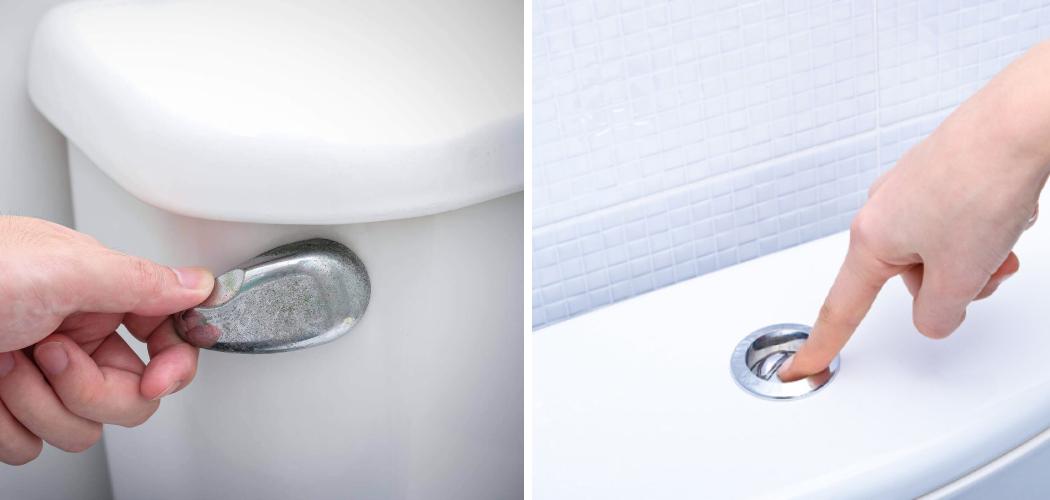Are you experiencing a hard-to-flush toilet? This can be an incredibly irritating problem for any homeowner, but there is no need to worry! With just a few simple steps, you can easily learn how to fix this issue- saving time and money. This blog post will discuss various techniques to help your toilet flush like new again in no time.
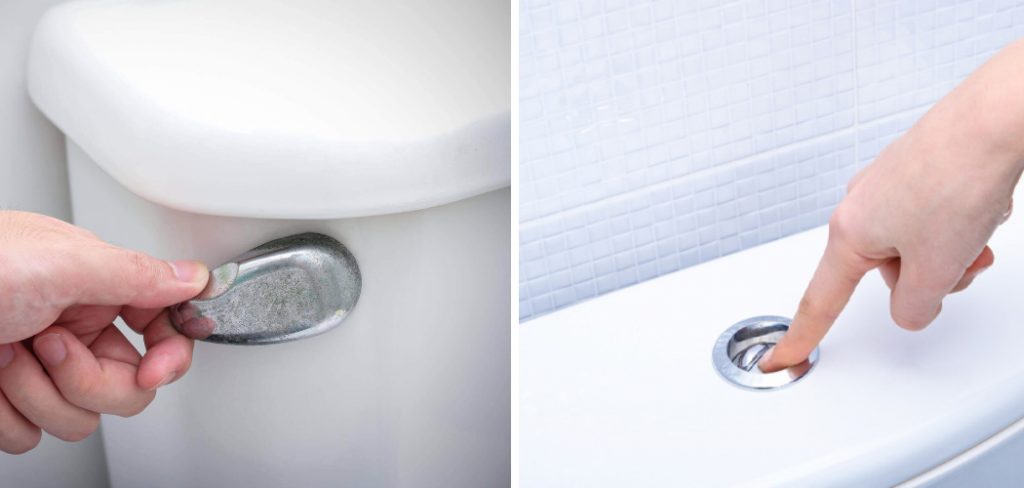
Whether you have an old or new toilet, the most important thing to remember when fixing a hard-to-flush toilet is not to force it. This can cause more problems than it solves and even damage your toilet.
So if you’re ready to take on this household plumbing project, read on as we go through all the details of how to fix a hard to flush toilet!
What are the Causes of a Hard to-Flush Toilet?
Before jumping into the solutions, let’s go over some common causes of a hard to flush toilet.
The most common cause is an issue with your toilet’s flapper valve. This valve helps regulate how much water is released when you flush, and if it is not adjusted correctly or becomes damaged, it can be difficult for the tank to fill up with enough water for a successful flush.
Additionally, debris in the tank, such as minerals from hard water or dirt, can get caught on the flapper valve and ultimately impede its functioning.
Other issues, such as clogged drains or leaky pipes, could be causing your toilet to be hard to flush.
10 Easy Steps on How to Fix a Hard to Flush Toilet
Now that you know some of the common causes of a hard to flush toilet, it’s time to move on to the solutions!
Step 1. Check the Flapper Valve
The first step is to check your toilet’s flapper valve. Your flapper may be stuck, cracked, or otherwise not working correctly. If you notice that it is damaged in any way, replace it with a new one.
Step 2. Clean the Tank and Bowl
Next, you should clean out the tank and your toilet bowl. This will help ensure any debris that might be blocking the flapper valve is removed. Additionally, you can clean the rubber parts of the flapper with a soft cloth or brush.
Step 3. Adjust Water Pressure
You can adjust the water pressure in your toilet tank by turning the adjusting screw on your fill valve if necessary. This will allow you to adjust how much water is released when you flush, making it easier for the tank to fill up. Try adjusting the screw clockwise to increase water pressure.
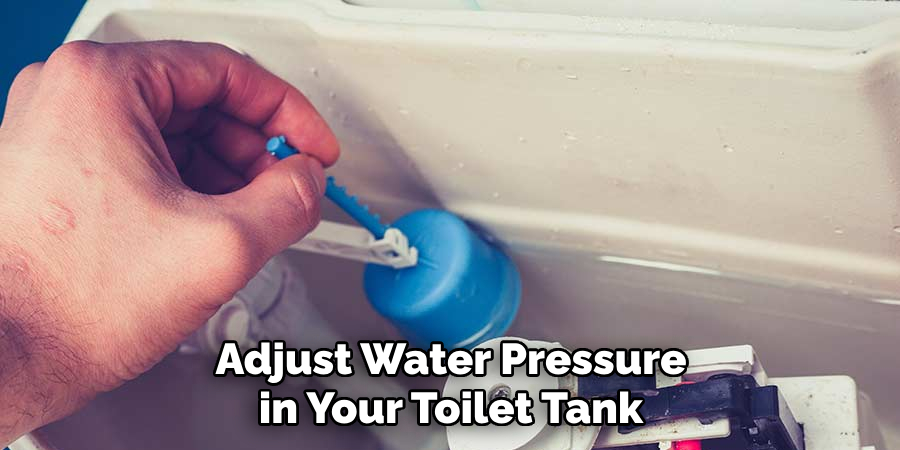
Step 4. Check for Leaks
Take a look at all the pipes, connections, and seals in your toilet to ensure they are not leaking. If you find any leaks, you must repair them before attempting to flush again. Use a silicone-based sealant to make sure the leak does not reappear.
Step 5. Replace Gaskets
If your toilet is still hard to flush, you may need to replace the gaskets that connect the tank to the bowl. Another option is to adjust the existing gaskets, as this will provide a tighter seal when the tank is connected to the bowl. It’s important to make sure the gaskets are a snug fit, as this will help ensure your toilet flushes properly.
Step 6. Unclog Drains
If your toilet appears to be clogged, try using a plunger or auger to clear out any blockages in your drainpipe. If these methods don’t work, you may need to contact a plumber for help. They can use a special tool to detect and remove any clogs in your pipes.
Step 7. Clean Out the Sewer Line
Use a sewer snake or auger to clean out the main sewer line. This will help ensure your toilet can flush properly and that any blockages in the line are cleared out. Moreover, it will help prevent any further clogging issues.
Step 8. Replace Fill Valve
If none of the above steps have worked so far, replace the fill valve in your toilet tank.
This will help restore proper water pressure and can make a huge difference when it comes to flushing. Remember that replacing a fill valve is quite technical and you may need to contact a professional for help if you’re not comfortable doing it yourself.
Step 9. Check Float Level
Finally, check the float level of your toilet’s fill valve. If the water is too low or too high, this could be causing your hard to flush issue. Adjust the float level accordingly. Always start by adjusting the level slowly and in small increments, as it’s easy to overshoot the mark.
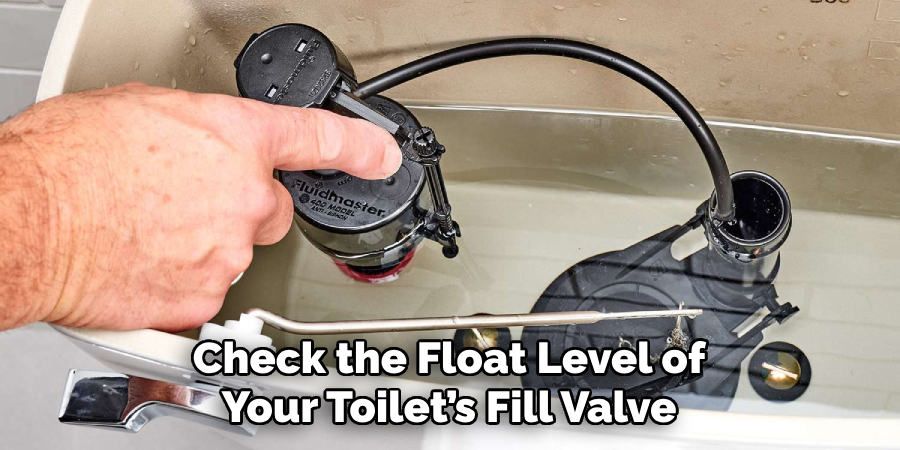
Step 10. Re-Test
Once you’ve completed all of these steps, it’s time to re-test your toilet and see if it is now flushing correctly. If not, you may need to consult a professional plumber for further assistance. Remember, you don’t want to force your toilet and risk causing further damage.
By following the above steps, you can easily fix a hard to flush toilet yourself without having to call in a professional. Keep these tips in mind, and you’ll be able to get your toilet flushing like new again in no time!
5 Additional Tips and Tricks
1. If the issue is caused by an object stuck in the toilet, try to remove it with a plunger.
2. If your toilet has two flush handles, try flushing using both of them at the same time. This should help to dislodge any blockages or debris that may be clogging the pipes.
3. Make sure that all connections between your toilet, its water supply valve, and the flapper are secure and functioning correctly.
4. Check for any signs of damage or corrosion on your toilet’s internal parts and replace them if necessary.
5. If your toilet still doesn’t flush properly after these steps, you may need to call a professional plumber for assistance. They can diagnose the problem and provide the best solution for your toilet.
Follow these simple tips and tricks to help you fix a hard to flush toilet in no time! If you need additional assistance, don’t hesitate to contact a professional plumber.
5 Things You Should Avoid
1. Only try to fix the toilet if you have plumbing experience.
2. Avoid using strong chemical drain cleaners as they may cause more damage to your pipes and plumbing system.
3. Don’t use a plunger excessively, as it can cause further damage to the internal parts of the toilet bowl.
4. Don’t try to force the flush handle down repeatedly; this can lead to further problems with your plumbing system.
5. Avoid pouring boiling water into your toilet to clear a blockage – this is ineffective and dangerous!
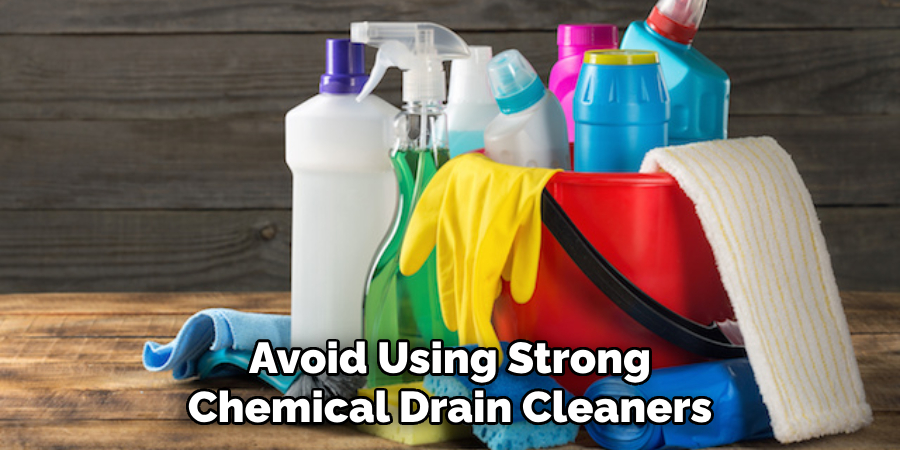
By following these tips and tricks, you should be able to easily fix a hard-to-flush toilet without enlisting a professional plumber’s help. Remember to be safe and take all the necessary precautions when handling any plumbing issue.
What is the Best Toilet Flush Strength?
The best toilet flush strength depends on your toilet’s size and how much waste it needs to handle. A larger toilet will need stronger flushing power to eliminate all the waste, while a smaller toilet may require less pressure or even a gentler flush. Generally speaking, you should aim for at least 8 liters per minute (LPM) when selecting a toilet flush strength.
This will provide enough water pressure for most toilets and help ensure all waste is effectively flushed away.
Additionally, select an appropriate flapper valve for your toilet to optimize its performance. With these tips, you’ll achieve the perfect balance between performance and efficiency regarding your toilet’s flushing power!
What Acid is Good for Clogged Toilets?
If your toilet is clogged and you’re looking for a DIY solution to fix the issue, you may be wondering what acid is good for use when unclogging toilets. The best type of acid to use in this situation is muriatic acid. This can be found at most home improvement stores, hardware stores, or online.
Muriatic acid should only be used if you have experience handling it and understand how it works – always read the instructions carefully before using it! Wearing safety gloves and goggles while handling muriatic acid is also important, as it can cause skin irritation and chemical burns.
Additionally, make sure that any other chemicals used are suitable for your particular type of plumbing system.
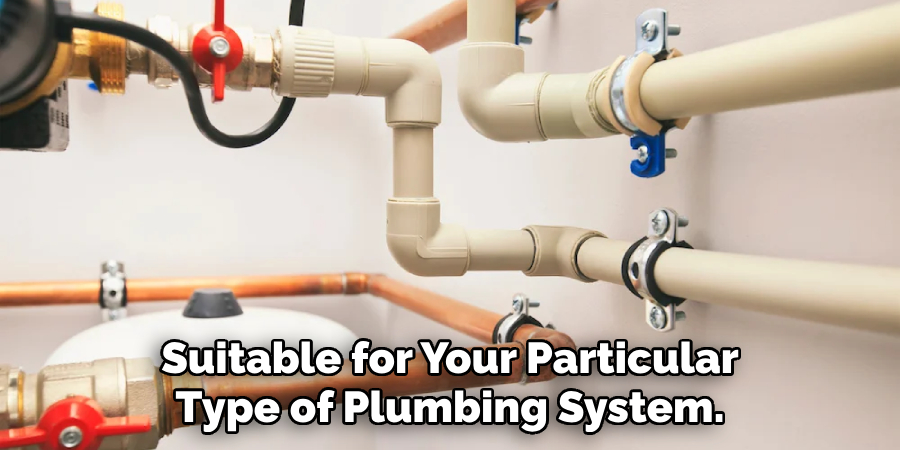
Muriatic acid is a strong chemical and should be used with caution. It can help break down organic matter such as hair, soap scum, and grease that may clog your toilet.
When using muriatic acid, ensure the room is well ventilated and always wear safety equipment. Additionally, never mix muriatic acid with other chemicals or cleaners, as this could create dangerous fumes.
To use muriatic acid to unclog a toilet, mix one part of the acid with five parts of water and pour it into the bowl. Let the mixture sit for about half an hour before flushing it out with cold water. If all else fails, contact a professional plumber for assistance.
Conclusion
While some causes of a hard to flush toilet may be annoying and complex, don’t give up! With the help of this blog post, you now have an arsenal of strategies to help you fix this pesky problem. Additionally, if all else fails or you don’t have the tools required to perform any previous methods, call in a plumber.
A professional can quickly identify what’s causing your toilet issues and help ensure it is running properly again. So whatever the source of your toilet problems is, take steps to try and fix them yourself with the advice outlined in this blog post or reach out to a plumber who can assist.
Hopefully, this blog post on how to fix a hard to flush toilet has given you the knowledge and tools to fix a flush toilet quickly and easily. Good luck and happy flushing!

